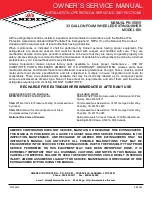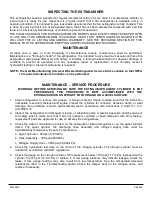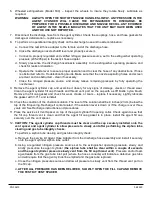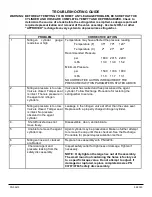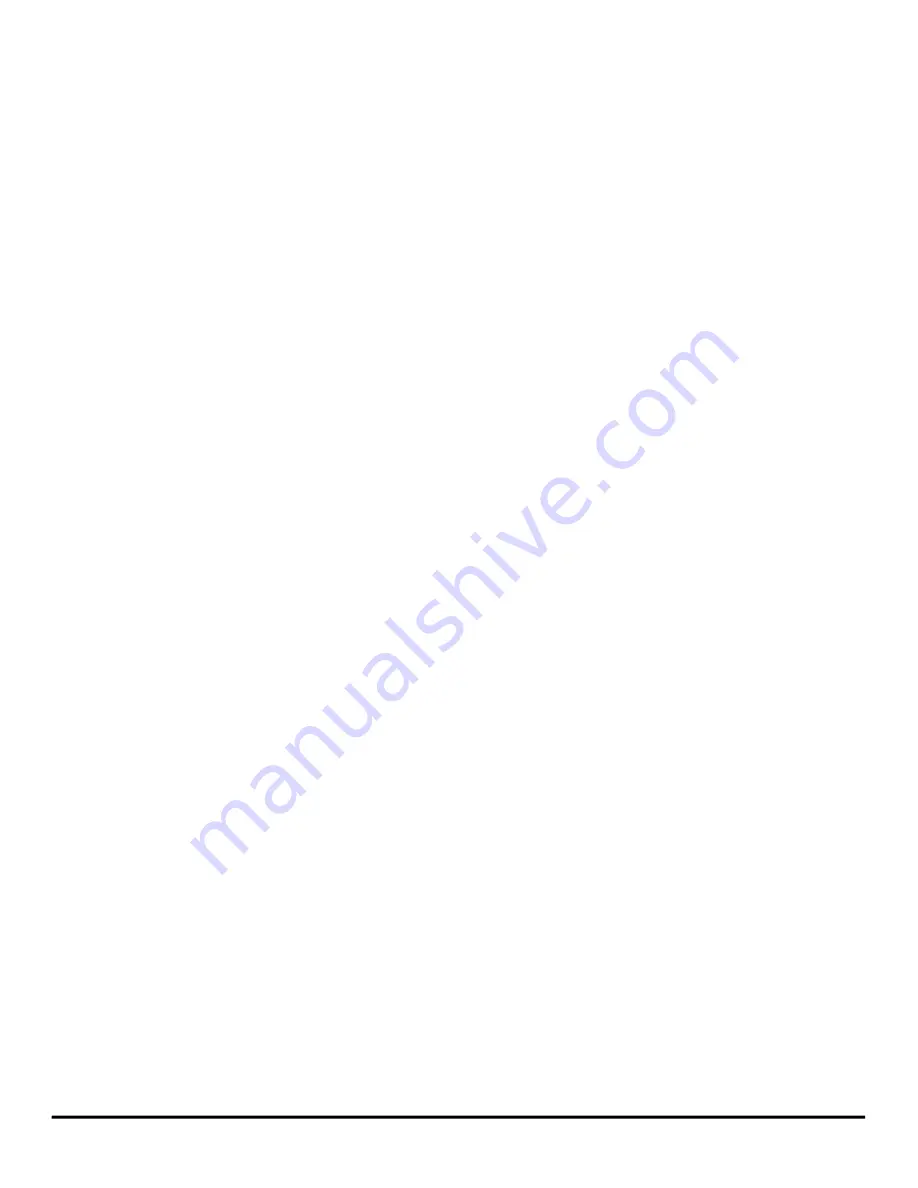
PN 05615
04/2020
INTRODUCTION
Amerex Model 630 33 gal. Wheeled foam fire extinguisher provides large
-
volume Class
-
A and Class
-
B fire
-
fighting capability. The Model 630 can be transported and operated by one person. The alcohol
-
resistant AR
-
AFFF foam charge makes it particularly effective on fires and spills involving hydrocarbons, alcohols, esters,
ketones, and gasohols. The nitrogen cylinder
-
operated design features a unique stainless
-
steel agent storage
cylinder which requires no interior coating to prevent corrosion. The agent cylinder is connected to a high
-
pressure nitrogen cylinder through quick opening "T" handle
-
type valve. Field recharging is possible, but to
provide optimum extinguisher reliability, recharging shall be performed by persons trained in fire extinguisher
maintenance and servicing. This manual shall be used as a guide for installing, operating, and servicing this
extinguisher.The best place to have your extinguisher serviced and recharged is your "Authorized Amerex
Distributor", who has the professional experience and equipment to do it properly.
PREPARING YOUR NEW EXTINGUISHER
WARNING: THIS FIRE EXTINGUISHER IS SHIPPED FROM THE FACTORY EMPTY. AFTER INITIAL
PREPARATIONS, CAREFULLY FOLLOW THE RECHARGING INSTRUCTIONS BEFORE
PLACING IT INTO SERVICE.
1.
Remove all wrappings, straps, and pallet retaining bolts.
2.
Examine the extinguisher for shipping damage. Check to make sure that you have received the Model
534, 2 gal. AFFF foam concentrate charge that is packaged with the extinguisher.
3.
Fill the extinguisher by carefully following the Recharge instructions (Page 6).
4.
Remove the nitrogen cylinder protective shipping cap. Save the cap as it must be installed whenever a
charged nitrogen cylinder is transported.
5.
Install new tamper seal. Check the nitrogen cylinder pressure. The gauge shall read approximately 2015
psi (13.9 mPa) at 70ºF (21ºC) ambient temperature. See the "Troubleshooting Guide" for pressure
-
temperature allowances. The tamper seal shall be intact.
6.
Remove (and save) the Safety Vent Plug installed on all "T"
-
handle nitrogen valves. Connect the nitrogen
supply hose firmly to the nitrogen cylinder valve. Make sure that there are no kinks in this hose.
7.
Disconnect the discharge hose assembly from the agent cylinder. Make sure that the hose and nozzle are
unobstructed and that the PN 07411 Moisture Seal is undamaged and properly seated on the agent
cylinder discharge fitting. Reconnect the discharge hose to the agent cylinder, and with the nozzle in the
closed (forward) position, place it on the storage rack. (See Page 9)
8.
Record the date the unit is being placed into service on the inspection tag, and attach it to the
extinguisher.
9.
Remove the caution (not charged) tag.


